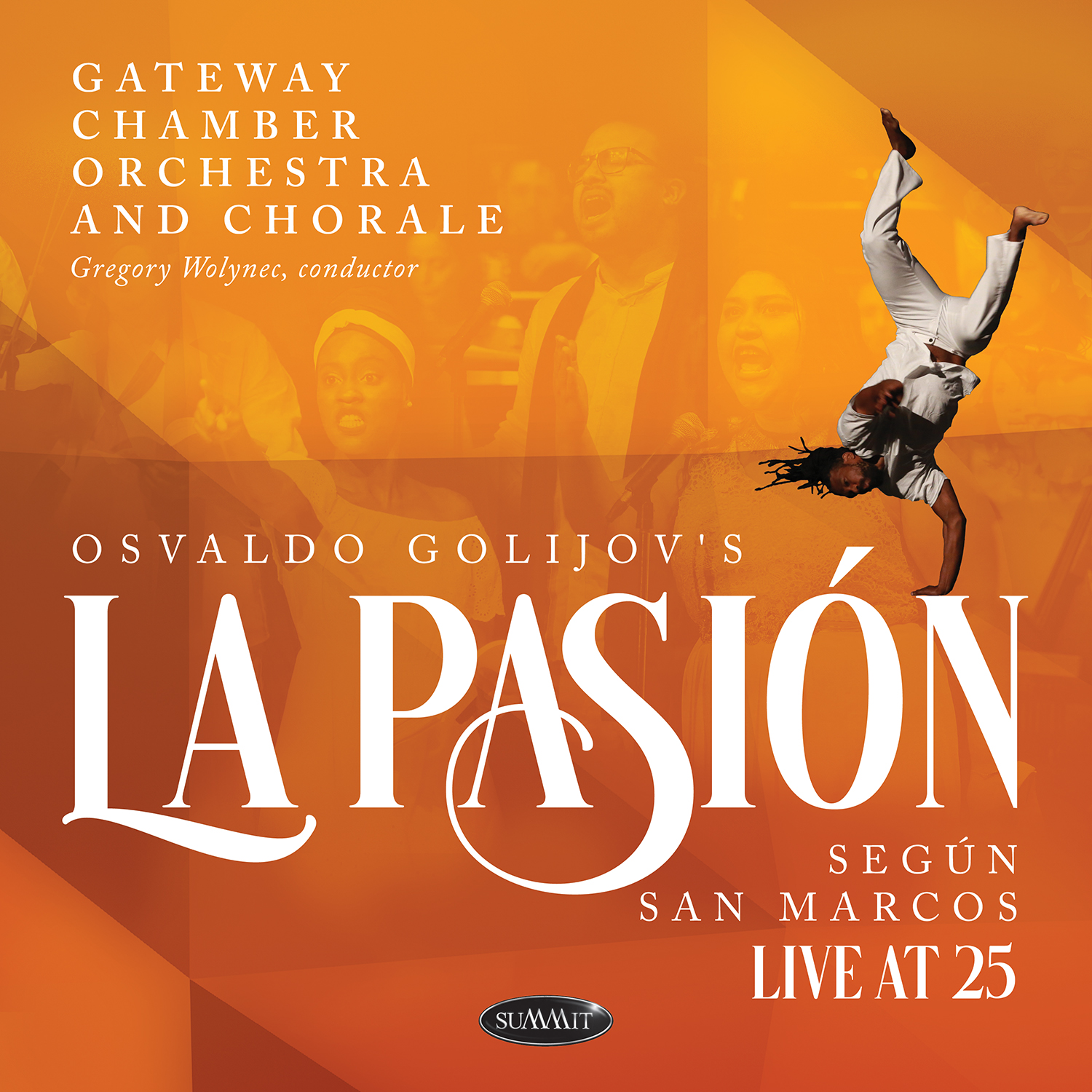Description
SPECIAL TWO-CD SET GENRE: Classical/Orchestral/Salsa/Grogorian Chant/Folk – COMPOSER: Osvaldo Golijov
Osvaldo Golijov’s massive La Pasión según San Marcos represents a glimpse into a world of possibilities for the future of great music with a masterful blending of musical worlds. It was originally staged in 2000 to celebrate the 250th anniversary of J.S. Bach’s passing. The response to the piece was immediate and undeniably positive.
For more than a decade, the musicians who helped the composer bring it to life (collectively known as the Orquesta La Pasión and the choir the Schola Cantorum de Venezuela) toured the world presenting this masterpiece of 34 scenes. Like other works by Golijov, it became intertwined with the performers to the point that it appeared it was impossible to be presented by anyone else. By 2015, performances were few and far between. A masterpiece languished.
A Vision for Revival
The idea began with a simple conversation. As the Gateway Chamber Orchestra prepared for its post-pandemic return to live performance, Artistic Director Gregory Wolynec proposed tackling Golijov’s monumental work. “I wanted to try our hand at this piece to answer questions that it seemed to pose,” Wolynec explained. “Why can’t musicians learn new styles, new languages, new aesthetics? How can a masterpiece only have one point of view?”
Bringing La Pasión to life required assembling an extraordinary group of performers. Penelope Shumate joined as the classical soprano, while Reynaldo González Fernández, who had originated an almost entirely improvised role, was persuaded to reprise his part. Venezuelan-born Luisana Rivas stepped into the role of the Brazilian Alto, bringing her unique voice and energy to the production. Capoeira dancer Paciencia was discovered in a Tennessee dance studio.
The orchestral demands of La Pasión presented their own challenges. The score called for a mix of conventional strings and an eclectic array of instruments, including accordion, guitars, and a staggering 40-piece collection of percussion instruments.
This project is not just a tribute to Golijov’s genius but a testament to the power of collaboration, cultural exchange, and the enduring relevance of classical music in the 21st century. La Pasión según San Marcos is more than a masterpiece—it is a movement, a bridge between worlds, and a beacon of what the future of music can be.



